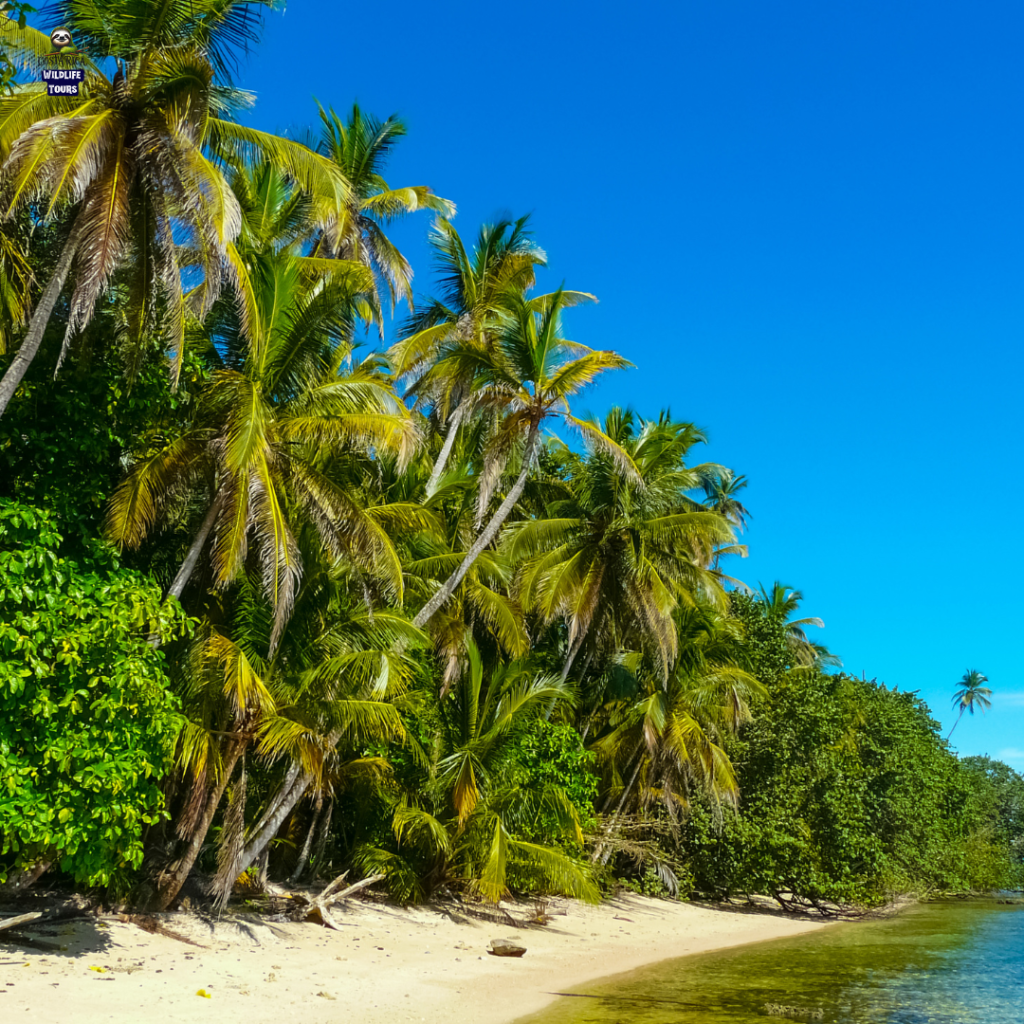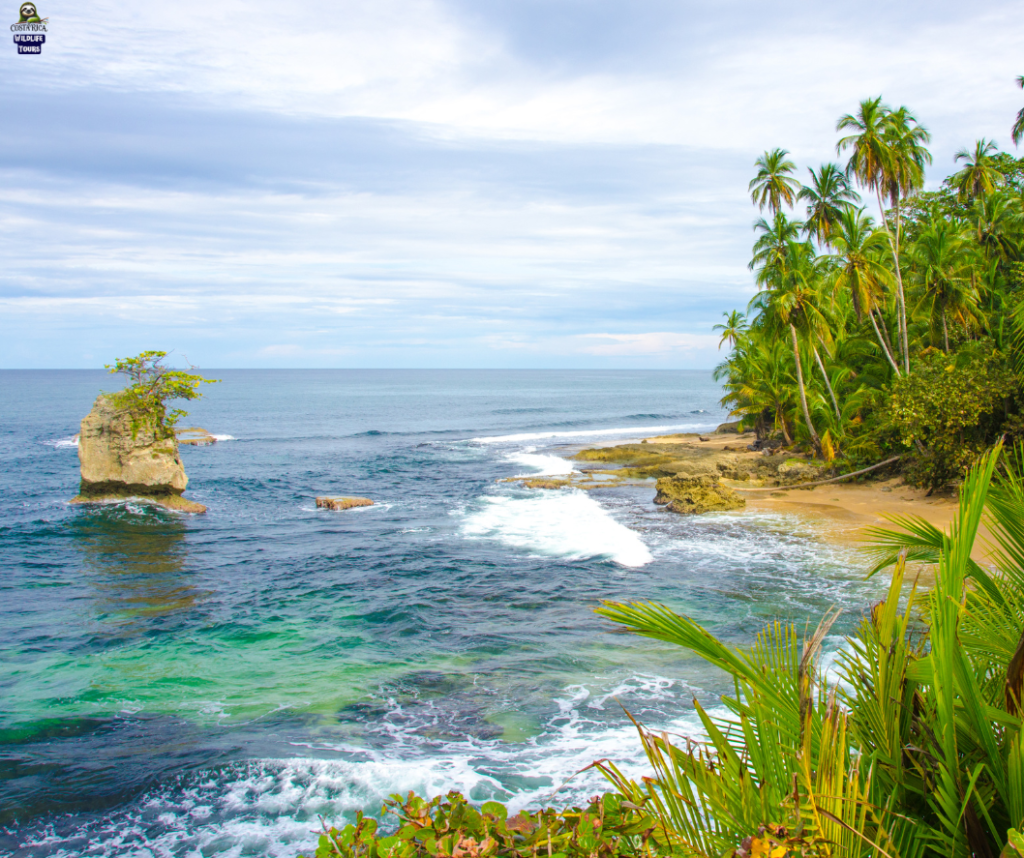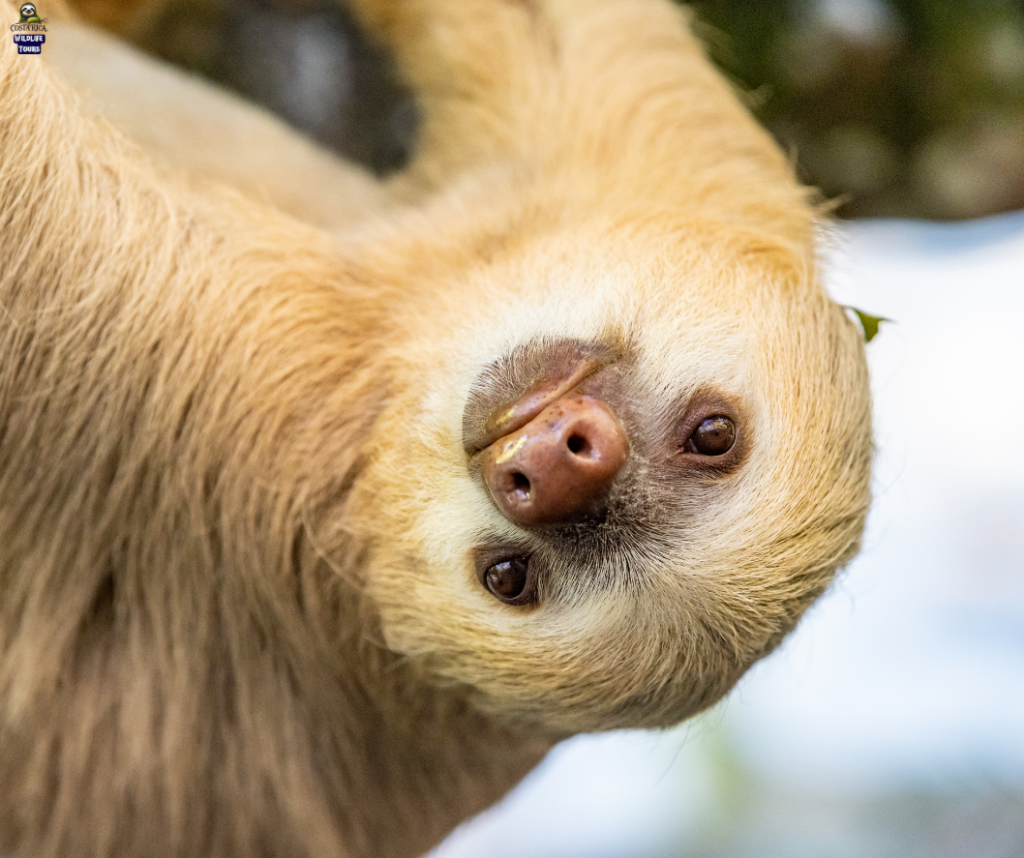
Costa Rica’s South Caribbean: Wilderness, Culture, and Adventure
Costa Rica’s South Caribbean coast (Limón Province) is a lush, tropical frontier where verdant rainforests meet white-sand beaches, and a rich mix of cultures thrives. This region is home to the Cahuita National Park and Gandoca–Manzanillo Wildlife Refuge, both safeguarding incredible biodiversity. It is also the ancestral land of the Bribri and Cabécar peoples and the heart of Costa Rica’s Afro-Caribbean heritage (Reggae music, spicy Creole food, and vibrant festivals). Whether you want to snorkel a coral reef, spot monkeys and sloths, explore mangrove lagoons, or dance to calypso beats, the South Caribbean offers endless adventures.
Cahuita National Park
Originally established as a national monument in 1970 (becoming a full National Park in 1978), Cahuita NP protects 2,732 acres of coastal forest and 55,200 acres of marine habitat. It is unique among Costa Rica’s parks in that entrance is free (park management relies on donations). A flat, 8-km coastal trail leads from Puerto Vargas to Punta Cahuita, winding through jungle and past lagoons. Visitors can hike this loop in 3–4 hours (spotting howler and capuchin monkeys, coatis, raccoons, and two- and three-toed sloths along the way).
Cahuita’s nearshore coral reef is one of the country’s best. The reef supports at least 35 species of hard coral, over 123 fish species, 140 mollusks and many crustaceans. Tidepools and shallow snorkel spots teem with parrotfish, angelfish, rays and sea turtles – the beach is even a nesting ground for green and leatherback turtles. Underwater visibility is generally best in the dry season (roughly February–April). Cahuita’s coastline is also favored by birdlife: look for keel-billed toucans, green ibis and kingfishers, as well as white-headed capuchins and howler monkeys in the treetops.
Visitor tips (Cahuita): Hike in light rain gear outside the rainiest months; bring swim gear to snorkel right off the beach near Puerto Vargas. Remember this is a protected area: stay on marked paths, do not touch coral or feed wildlife, and pack out all trash. As there is no official fee at Cahuita, consider a small donation. The nearby town of Cahuita has restaurants serving local “rice & beans” (cooked in coconut milk) and provides guides if you wish to learn about Afro-Caribbean culture or the park’s ecology

Gandoca–Manzanillo Wildlife Refuge
South of Cahuita, the Gandoca–Manzanillo Wildlife Refuge protects a mix of golden-sand beaches, coastal lagoons, mangrove swamps and coral reefs. This refuge – jointly managed by the state and local communities – is a vital corridor of forest and wetlands linking Costa Rica and Panama. Its diverse ecosystems include five species of mangrove trees, “yolillales” (swamp palm thickets) and submerged seagrass beds. A 5-km² offshore reef shelters brain coral, sea fans and a unique mangrove oyster found only in this area. The entire lagoon system is recognized as a Ramsar wetland of international importance.
The refuge is renowned for endangered and rare wildlife. West Indian manatees and sea turtles forage and nest in its waters. On land and in the mangroves you can find white-faced capuchin and mantled howler monkeys, sloths, raccoons, iguanas, river otters and even jaguars or ocelots (rarely seen). Over 300 bird species visit here, including kingfishers, herons, roseate spoonbills and migratory shorebirds. Crocodiles, caimans and tarpon lurk in the canals. Local guides emphasize that community participation has been key to protecting these habitats and species.
Adventure activities: In Gandoca, adventurers can paddle a kayak or canoe through quiet mangrove channels (especially the Gandoca Lagoon) to view wildlife up close. Expert guides note that kayaking reveals the refuge’s extraordinary biodiversity and its five types of mangroves. In dry weather you can hike short trails around Playa Manzanillo and Laguna Madre, then snorkel the shallow reef at low tide. Surfing and stand-up paddleboarding are possible on the open coast near Manzanillo. Note that the Gandoca sector of the park and the Manzanillo sector are open daily 8am–4pm; entry is free. Roads in this area are mostly dirt – a 4×4 vehicle or shuttle is recommended.
Indigenous Heritage: Bribri and Cabécar Culture
The South Caribbean borders the Cordillera de Talamanca, home to Costa Rica’s largest indigenous populations: the Bribri and Cabécar. Both groups speak Chibchan-family languages (Bribri and Cabécar) that are considered endangered. Elders and community schools teach their native languages, as these tongues embody the cultural knowledge, history, and spiritual beliefs of their people. Language revitalization programs and bilingual education aim to keep Bribri and Cabécar alive for future generations.
Traditionally, the Bribri and Cabécar practice sustainable agroforestry and forest use. They cultivate plantains, cacao and coffee in small gardens, harvest medicinal plants from the jungle, and fish and hunt within community reserves. Such ancestral knowledge is so respected that Costa Rica’s Talamanca Range–La Amistad Reserves highlight the traditional knowledge about sustainable land management and biodiversity conservation of these indigenous peoples. You can experience their culture firsthand by visiting indigenous community tours (e.g. chocolate-making ceremonies, herbal medicine workshops) around Talamanca. These visits showcase Bribri/Cabécar traditions—from musical chants and dances at ceremonies to the use of cacao in spiritual healing—underscoring a way of life long intertwined with the rainforest.
Afro–Caribbean Culture
Limón’s Afro-Caribbean community has its roots in the late 19th century, when workers from Jamaica, Barbados and other Caribbean islands were recruited to build the Atlantic Railroad and later the banana plantations. Despite facing discrimination, these Afro-Caribbean settlers persevered, preserving their language (an English-based Creole), religion and customs. In 1949 Costa Rica finally granted citizenship to Afro-Caribbean residents, helping solidify their place in national life. Today their vibrant influence remains unmistakable along the South Caribbean coast.
Key features of Afro-Caribbean culture here include:
Music & Dance: The region is famous for its reggae, calypso and soca rhythms. Limón’s musicians blend Caribbean beats with Costa Rican folk. Live reggae bands are common in towns like Puerto Viejo, and Sunday limbo or calypso concerts are a weekend staple.
Cuisine: Local dishes favor coconut and spices. Specialties include rice & beans (rice cooked in coconut milk with thyme and Scotch bonnet peppers), rondón (a hearty coconut-milk seafood stew with plantains, yams, fish and lobster), and spicy meat patí pastries. You’ll also find fresh seafood, tropical fruits and the ubiquitous “Casado” plate with coconut-infused side dishes along the coast.
Festivals: Limón’s biggest party is the annual Carnaval de Limón every October, a week-long festival celebrating Afro-Caribbean heritage. Carnaval features colorful parades, traditional dances (Limón Swing), lively calypso and reggae concerts, and artisan fairs showcasing the community’s crafts.
Language & Lifestyle: Many locals still speak Limonense Creole English alongside Spanish. This Creole flavor is heard in songs, radio and everyday conversation. Architecturally, you’ll spot the Caribbean’s influence in the vibrant wooden houses on stilts painted bright colors, and in the prevalence of Pentecostal churches and Rastafarian symbols in rural communities.
Caribbean Beaches: Cocles, Punta Uva, Manzanillo
The South Caribbean’s coastline is dotted with stunning beaches, each with its own character. From north to south:
Playa Cocles (5 km south of Puerto Viejo) is a long, black-sand surf beach popular with beginners and pro surfers alike. Consistent beach-break waves make Cocles ideal for surf lessons; the best swells tend to be in the morning or at mid-tide. The village of Cocles is laid-back and small, with just a couple of shops and beachside snack huts. Wildlife is abundant – howler monkeys and sloths can often be seen in the trees above the beach. Cocles is quieter than Puerto Viejo, so it’s perfect for a peaceful day by the sea. Tip: The sun on Cocles is intense – bring reef-safe sunscreen and water. Also, Cocles has a small dirt-landing beach inlet where the Jaguar Rescue Center operates tours nearby.
Playa Punta Uva (just north of Manzanillo) is famed for its postcard-perfect white sand and shallow turquoise waters. Development is strictly set back, so Punta Uva’s shore remains pristine and family-friendly. It’s one of the calmest swimming beaches in the country – ideal for picnics, sunbathing and snorkeling with children. Keep an eye out in the trees: you may spot a sloth or capuchin monkey relaxing in the palm fronds. Punta Uva also boasts a superb butterfly garden on a nearby trail and easy access to the famous Jaguar Rescue Center. Tip: Bring snorkeling gear and bug spray; even on sunny days you may see a passing shower. Renting a bicycle is the best way to explore Punta Uva and nearby spots.
Playa Manzanillo lies at the southern tip of Costa Rica’s Caribbean coast. This small town beach fronts the Gandoca–Manzanillo Refuge. The bay here is generally very calm and protected by the offshore reef, making it another easy swim spot. From the sand you can snorkel or kayak to Laguna Madre, a broad tidal lagoon famous for its mangroves and migratory birdlife. The ocean reef just beyond Manzanillo’s rocks harbors coral gardens and tropical fish. Manzanillo is more isolated and quiet; it’s a great place to watch a Caribbean sunset in solitude. Tip: As with all Costa Rican shores, use reef-safe sunscreen and stay on designated paths in dunes and mangroves.
Travel Information and Tips
Best time to visit: The Caribbean coast has two “shoulder” dry seasons. February–April and September–October tend to be drier and sunnier than the rest of the year. Even so, this region is humid year-round, and short rain showers can occur at any time. (Plan accordingly with rain gear and flexible scheduling.)


